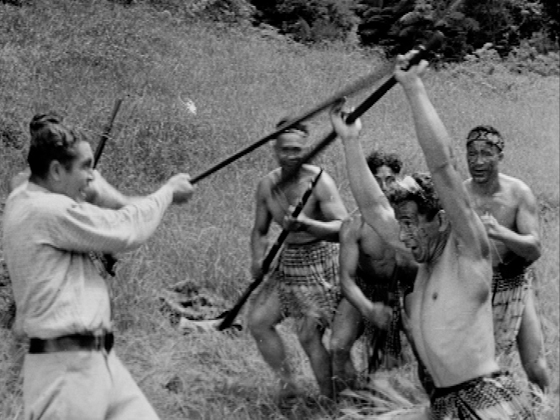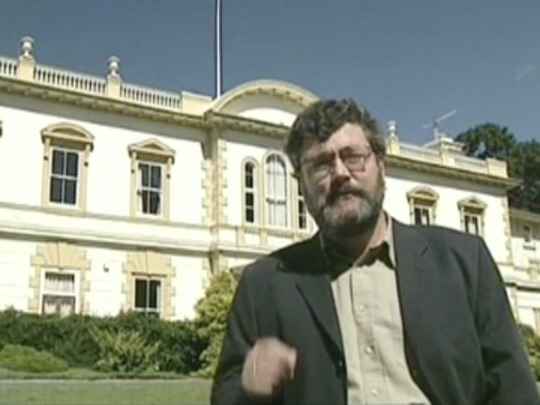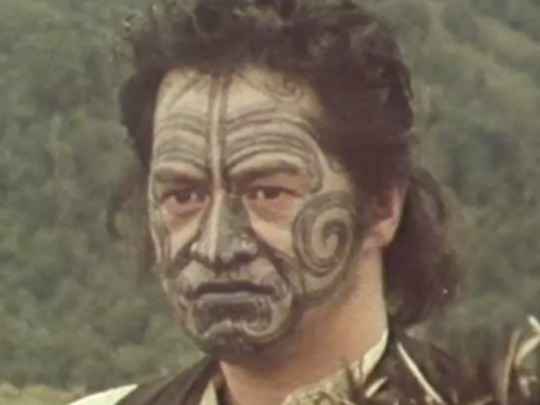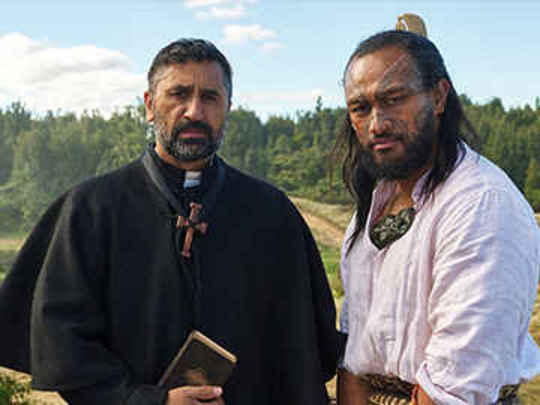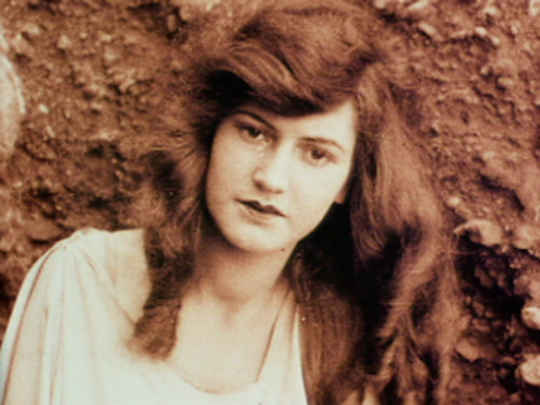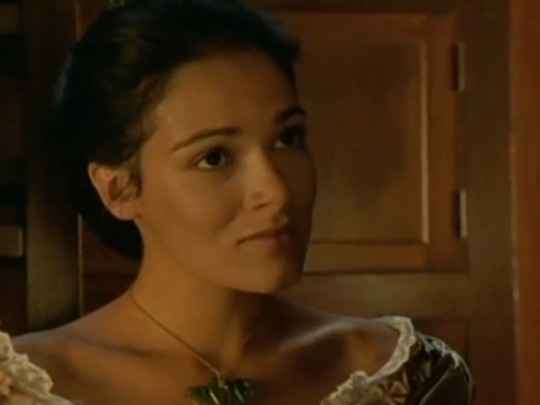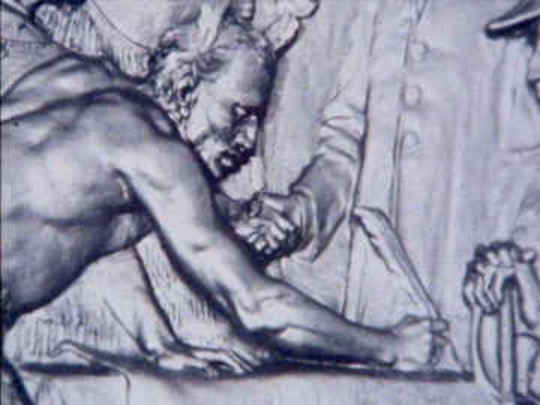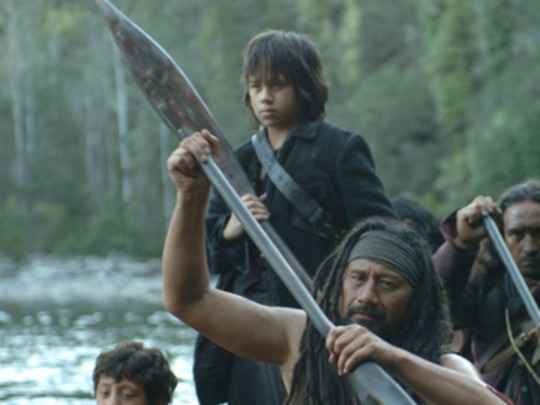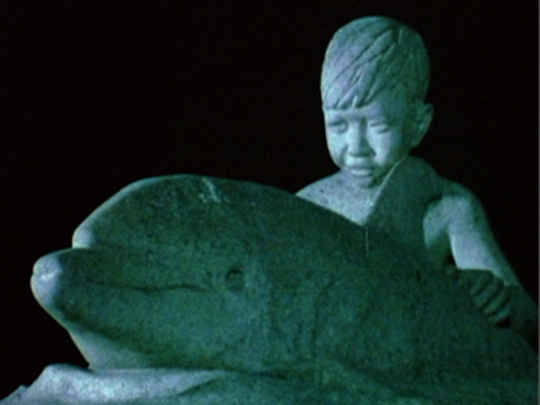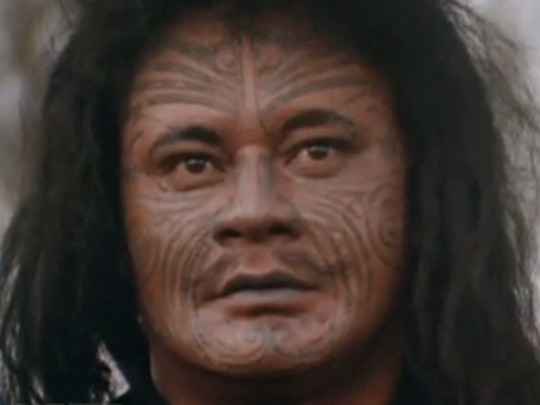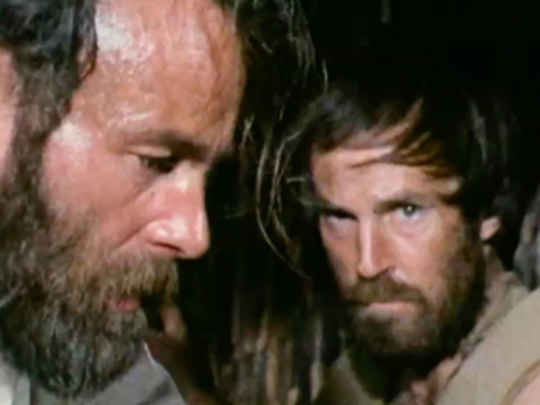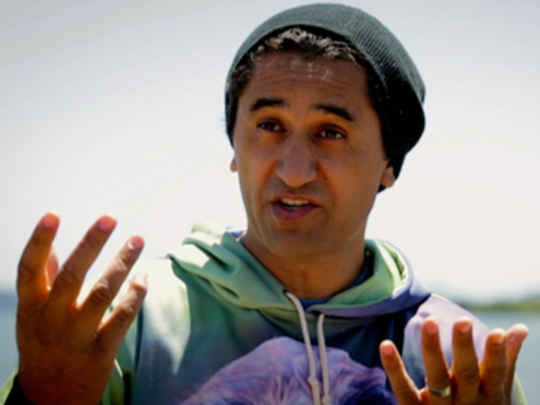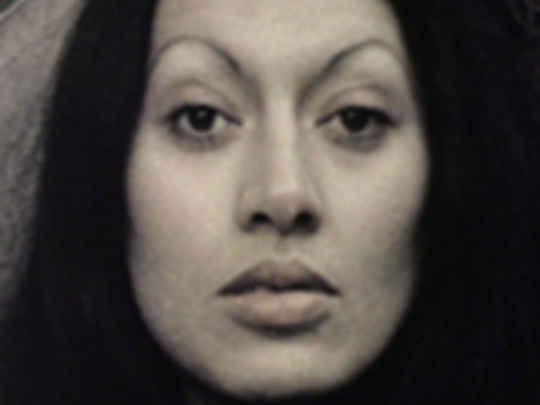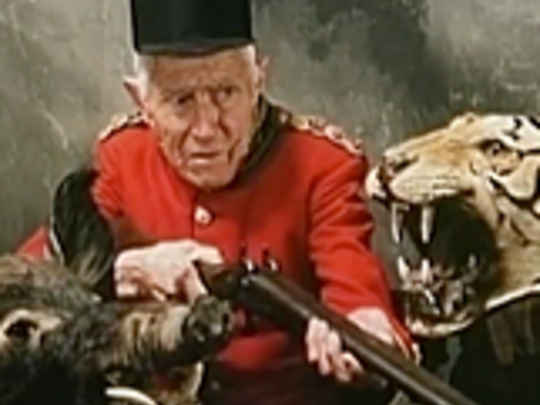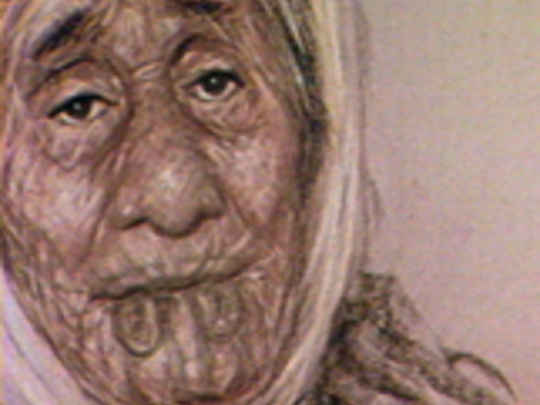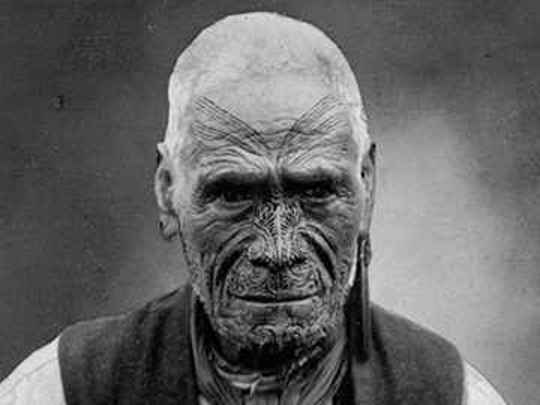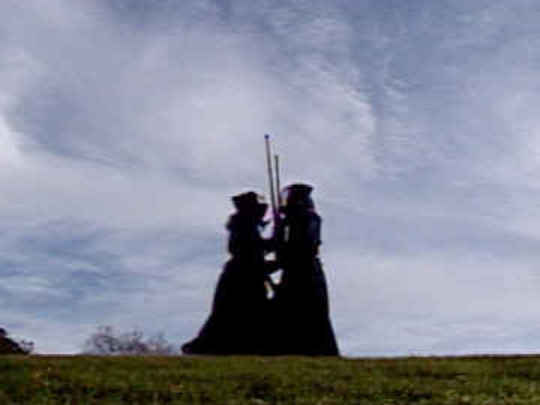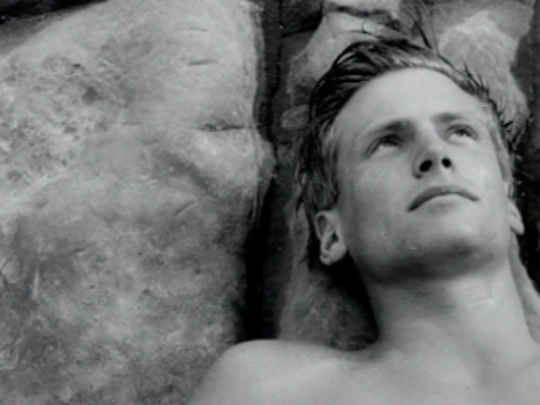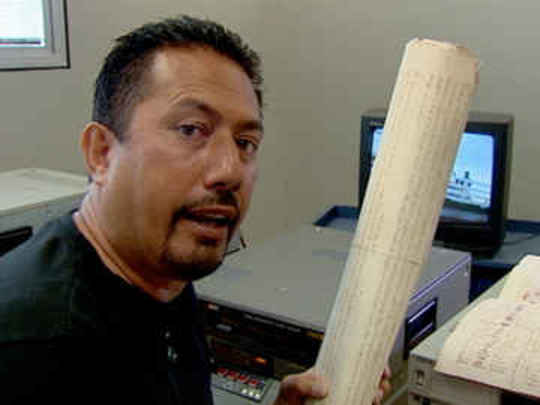The double-bill system, in which a main feature was shown following a cheaper feature of around an hour's length ... meant cutting the film to a little over half of its original length, reducing it from 112 to 64 minutes running time ... The Last Stand, as the British cut was entitled, did not do well there — and it is now all that remains of the film.
– Writer Annabel Cooper on Rudall Hayward shortening Rewi's Last Stand to get a British release, in 2018 book Filming the Colonial Past - The New Zealand Wars on Screen, page 72
Many of the 'props' used are the actual weapons and garments used in the wars of that period in New Zealand. The canoe loaned by Princess Te Puia is the famous Te Winaka which was partly destroyed by von Tempsky in 1863 and since repaired. The players are largely descendants of the original participators reenacting the deeds of the forefathers.
– The Evening Post, 20 June 1940, page 18
..if Pākehā tended to recall a narrative of Māori heroism at Ōrākau, Tainui people and their allies held a more complex set of memories. They remembered the heroism but they also remembered the battle as a brutal slaughter. The brutality related to the shelling of the pā, the use of grenades, the fighting in the pā and the pursuit as the defenders broke out...
– Writer Annabel Cooper on the battle of Ōrākau, in her 2018 book Filming the Colonial Past - The New Zealand Wars on Screen, page 82
Mr Grierson said that it was more important that New Zealanders should have produced that film than that they should see a hundred films from Hollywood ... because in this film they had just seen, a nation had expressed itself. It was a good film, and he was surprised how near to producing a Cecil B de Mille spectacle Mr Hayward had come within the resources at his disposal.
– Press account of Canadian documentary legend John Grierson's reaction to Rewi's Last Stand, quoted in Landfall 98, 1971, page 152
The film circulated almost in a vacuum: because of the cost of making sound films and the competition from better-funded overseas films, this period saw very few New Zealand films made ... As a result, The Last Stand was 'the' New Zealand history film for many years...
– Writer Annabel Cooper on Rewi's Last Stand, in 2018 book Filming the Colonial Past - The New Zealand Wars on Screen, page 91
In Rudall Hayward's handling of New Zealand's conflict the Māoris are treated with dignity and indeed their sense of the land precedes and even shapes that of the Europeans. Most historical films demean our sense of history; Rewi's Last Stand is one of the few I know which can enhance our feeling for the past.
– American film academic Robert Sklar on Rewi's Last Stand, Landfall, volume 98, 1971, page 148
Rewi's Last Stand is an engaging, high-spirited film ... it is less neurotic and more fun than many of the films made in Aotearoa since.
– Māori director Merata Mita in 1992 book Film in Aotearoa New Zealand, page 43
I remember Rudall Hayward's films being shown on early television and the sudden spasm of hunger which passed through me: it was like a recognition of a desire to know more, to see more. It was like a pale filament of history which briefly burst into life....
– Director Peter Wells, in his 2005 book On Going to the Movies, page 34
Twenty years ago when Mrs Morgan and I first looked out over here, all this was virgin country. The Māoris were cannibals. All that wheat you see over there came from a few handfuls of seed we brought.
– Reverend John Morgan (Selwyn Wood) shows Robert (Leo Pilcher) around
A contrast is set up ... between the unruly, emotional, potentially violent Māori war parties and the peaceful, rational, coolheaded whites whose resort to force comes only as a necessary response to the breakdown in law and order. In the cross-cutting between Māori and Pākehā camps in the Ōrākau siege sequence this contrast is reinforced. Māori battle plans are determined at a gathering outside a meeting house marked by spontaneous hakas and passionate burst of oratory, much of it in metaphorical language ... while government troop tactics are discussed calmly by pipe-smoking British officers seated around a table.
– Screen academic Russell Campbell in Illusions 1, Summer 1986, page 6
[The film] significantly fails to trace the destiny of Rewi himself, who in fact broke through the British lines and escaped.
– Screen academic Russell Campbell in Illusions 1, Summer 1986, page 13
It is reminiscent of John Ford's American history films and especially of DW Griffith's treatment of history, with its combination of humour and a certain sentimentality in its handling of the love motif, yet with a simplicity and directness of action and imagery that exert a powerful imaginative force.
– American film academic Robert Sklar praises Rewi's Last Stand, in NZ literary magazine Landfall, volume 98, 1971, page 148
...with the aid of old War Office survey plans, we built an exact replica of Ōrākau Pā, complete with trenches, dug-outs and parapets. Clothing factories worked overtime completing uniforms made to the pattern worn by the militia-men of 1863...
– Director Rudall Hayward on the making of the film, The Listener, 8 November 1940, page 8
True to its period, the film is full of overblown gestures with a grandiose depiction of death and heroics. The portrayal of the British command is very much a caricature (quite richly deserved). The outrage that Hayward, and other historians since, felt about the injustice of the British advance is clearly evident in the film.
– Māori director Merata Mita, in 1992 book Film in Aotearoa New Zealand, page 43
Ōrākau was a bloody, almost genocidal confrontation by Māori and European with no quarter given.
– An article in Māori newspaper Te Iwi o Aotearoa, February 1990, page 19
Filming in the Waipā meant the film was connected to its community through the past of place and the use of sites close to the historical events. Although some scenes were filmed in the Urewera "to get shots of old thatched whares" and some were shot in Auckland, most of the scenes of the Waipā were filmed there or elsewhere in the Waikato. The river is the Waikato, and the pā was recreated at Aotearoa pā at Arohena, not far from Ōrākau itself ... Some scenes were filmed at Hairini and Rangiāowhia, sites of attacks in the weeks leading up to Ōrākau.
– Writer Annabel Cooper on Rudall Hayward's aim to make his second version of Rewi's Last Stand more accurate, in 2018 book Filming the Colonial Past - The New Zealand Wars on Screen, page 73
[Alongside] his affectionate treatment of ordinary soldiers ... another theme that runs through Hayward's war films is that, although they necessarily dramatise conflict, he avoids making that conflict explicitly racial. Enmity is mitigated by his depiction of interracial intimacies — friendships, alliance and love affairs — and by the historical events he chooses to portray ... interracial marriage is idealised in Hayward's films, and Māori and Pākehā socialise amicably.
– Writer Annabel Cooper on Rudall Hayward's film The Te Kooti Trail and his two versions of Rewi's Last Stand, in 2018 book Filming the Colonial Past - The New Zealand Wars on Screen, page 39
